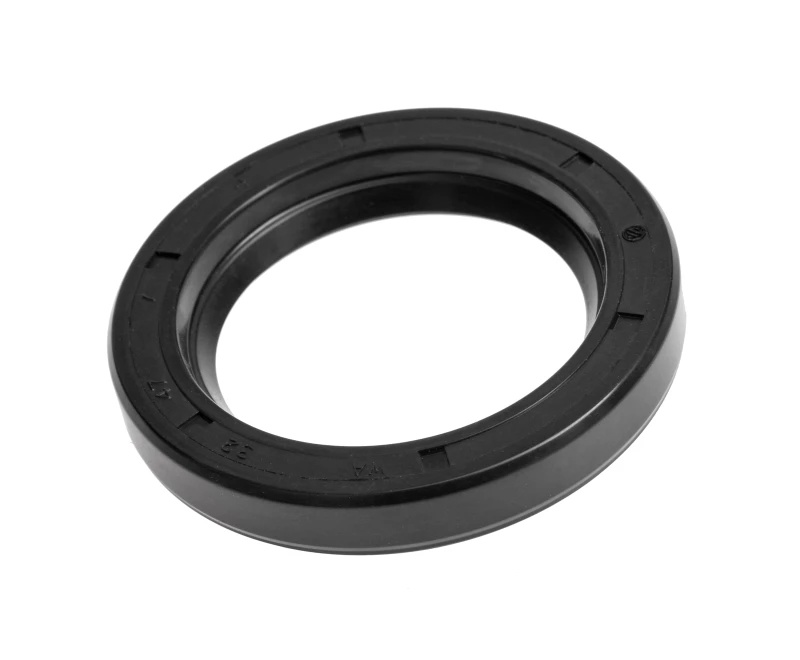16
2025
-
05
Understanding Automotive Oil Seals: Essential Components for Engine Performance
Automotive oil seals are essential components in the engine systems of vehicles, playing a crucial role in maintaining performance and efficiency. These seals are designed to prevent the leakage of oil and other fluids, ensuring that the engine operates smoothly without contamination. Oil seals are typically made from durable elastomeric materials that can withstand high temperatures and pressures, making them vital for prolonged engine life.

One of the primary functions of automotive oil seals is to provide a barrier between moving parts, which helps to keep the lubricating oil contained within the engine while preventing dirt and debris from entering. This is particularly important as contamination can lead to premature wear of engine components. A well-sealed engine will maintain optimal lubrication, reducing friction and heat, which are critical in ensuring that the engine runs efficiently.
There are several types of automotive oil seals, each designed for specific applications. Common types include shaft seals, which are used around rotating shafts, and lip seals, which have a flexible lip that conforms to the shaft surface. Additionally, there are also radial seals, which are used to seal around rotating components and axial seals designed for stopping fluid leakage in applications where parts move linearly. Understanding the right type of oil seal for each application is essential for effective maintenance.
Proper installation of automotive oil seals is crucial for their performance. Technicians must ensure that seals are installed in the correct orientation and that the sealing surfaces are clean and free from damage. It’s also important to use the appropriate tools to avoid deforming the seal during installation. A poorly installed seal can lead to fluid leaks, resulting in costly repairs and decreased engine efficiency.
Regular maintenance checks can help identify worn or damaged oil seals before they cause significant problems. Symptoms of a failing oil seal may include visible oil leaks, decreased engine performance, or unusual noises from the engine compartment. By addressing these issues promptly, vehicle owners can save time and money while ensuring their engines remain in optimal condition.
In conclusion, automotive oil seals are integral to the performance and longevity of vehicle engines. They help maintain the integrity of lubrication systems, prevent contamination, and ensure efficient operation. By understanding their functions, types, and the importance of proper installation and maintenance, vehicle owners and technicians can make informed decisions that enhance engine performance and reliability.
More News


